When the US adopted a Swiss war plane’s twin
The US Air Force is currently considering introducing a version of the Swiss-designed Pilatus PC-9 to its combat fleet. Modified for ground attacks, the aircraft could be used in countries like Afghanistan.
PLACEHOLDER
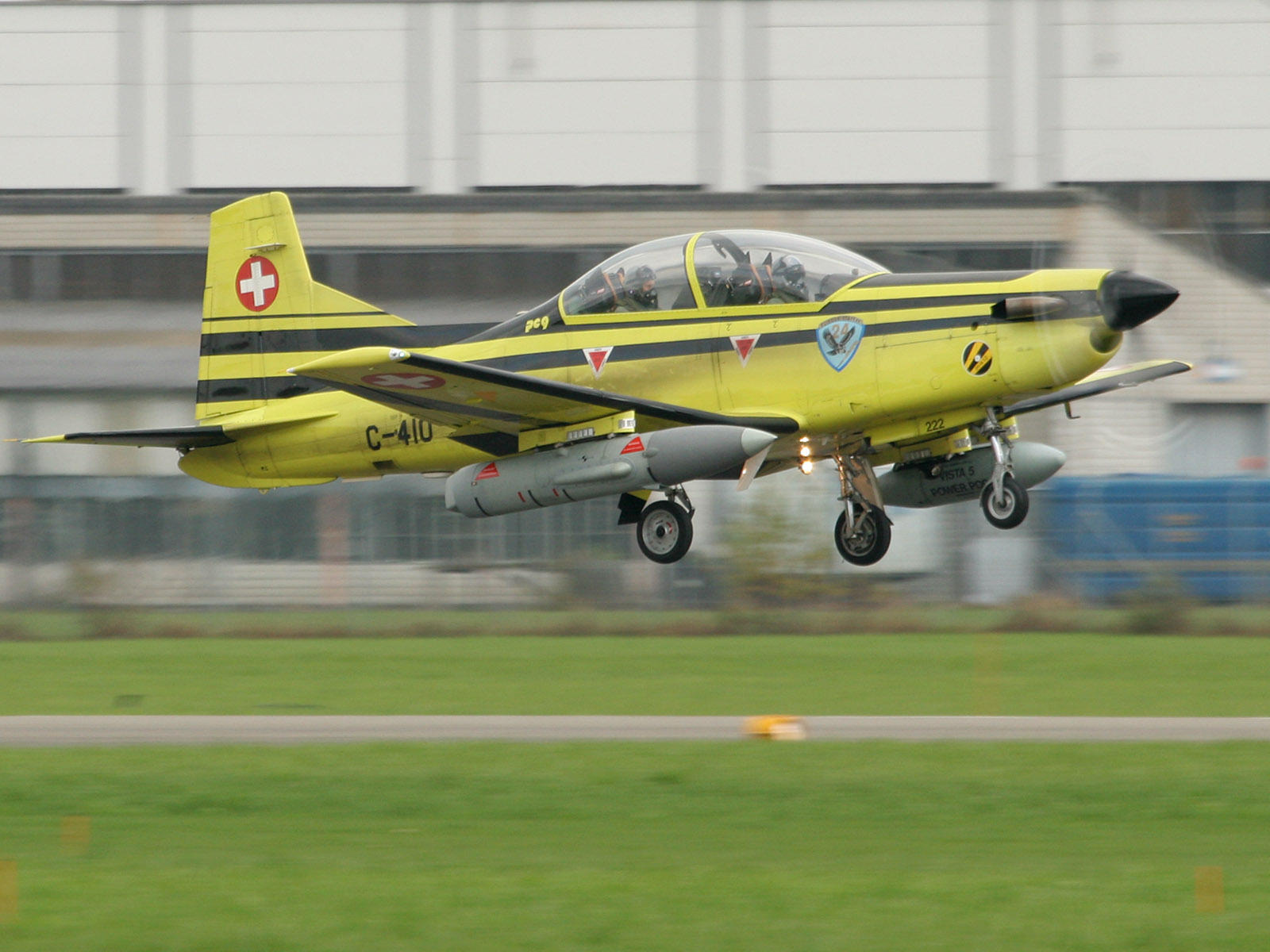
Designed in canton Nidwalden, the Pilatus PC-9 could soon be on its way to Afghanistan. The Beechcraft AT-6 Wolverine, the American version of the Swiss aircraft, is indeed among the two aircraft currently being tested by the US Air Force for future combat missions. If selected, about 300 versions of this cousin of the PC-9 could join the US air fleet.
Although the Pilatus aircraft is already used for training purposes in a dozen foreign air forces, the adoption being considered by the US would constitute a significant evolution: the AT-6 Wolverine is a variation designed specifically for ground attack missions. It would be used for counter-insurgency operations such as those conducted by America in Iraq or Afghanistan.
Echoing old debates
A potential second life that echoes old controversies: while Swiss law bans the export of arms to conflict zones, Chad used its modified Pilatus PC-9 in 2008 to carry out bombing missions in Sudan.
More recently, in 2013, the sale of 18 Pilatus PC-12s to the United States also caused controversy in Bern: the left worried that the aircraft would be transformed by the Americans and sent to Afghanistan for military purposes. An assumption that turned out to be accurate.
Five years later, the pattern is similar but subtler: it’s no longer planes, but Swiss “technology” that has crossed the Atlantic. The American company Beechcraft has negotiated with Pilatus the use of the PC-9 design plans, and now manufactures the AT-6 entirely in the US. Therefore, constituting a fully ‘US-made’ device, it can be used by Washington in conflict zones, or even sold to third countries.
In the hands of Washington
Fabian Maienfisch, spokesman for the Swiss Secretariat for Economic Affairs (SECO), explains: “the re-export of goods, produced in certain countries with technology of Swiss origin that was previously transferred under a general license, is not subject to Swiss restrictions. Export controls are submitted to the country of production; in this case, the US authorities.
But US Secretary of the Air Force Heather Wilson hinted a few months ago that the Air Force’s upcoming aircraft could be transferred to allied nations. So, unlike in 2013, the Afghan government could receive the cousin of the PC-9 without Bern having to deliberate.
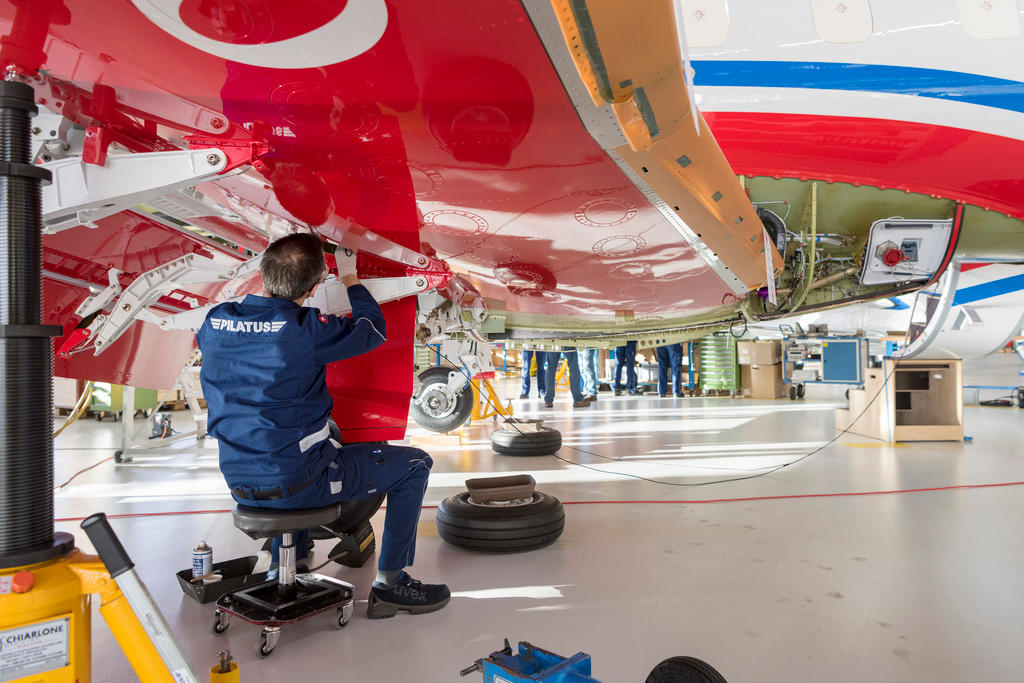
More
How a Swiss jet gets made
Quest for profitability
At the core of this project is Washington’s desire to better manage its military spending. “The latest high-end technologies are not needed in every scenario,” influential Senator John McCain wrote in an official report in 2017. “The Air Force should procure 300 low-cost aircraft […] that could conduct counterterrorism missions in permissive environments.”
Using cheaper planes against poorly equipped opponents, such as Afghan insurgents, would allow Americans to use their high-tech planes for other missions. The Wolverine AT-6, inspired by a low-cost PC-9 for purchase and maintenance, but known as handy and robust, is therefore an ideal candidate.
For now, however, the aircraft must still convince US Air Force experts. From May to next July, the AT-6 will undergo – along with its competitor, the Embraer A-29 Super Tucano – a long battery of tests on an Arizona air base. The Pentagon has announced that several representatives of foreign nations will attend, without revealing which countries specifically.
Translated from French by Jessica Dacey, swissinfo.ch

In compliance with the JTI standards
More: SWI swissinfo.ch certified by the Journalism Trust Initiative









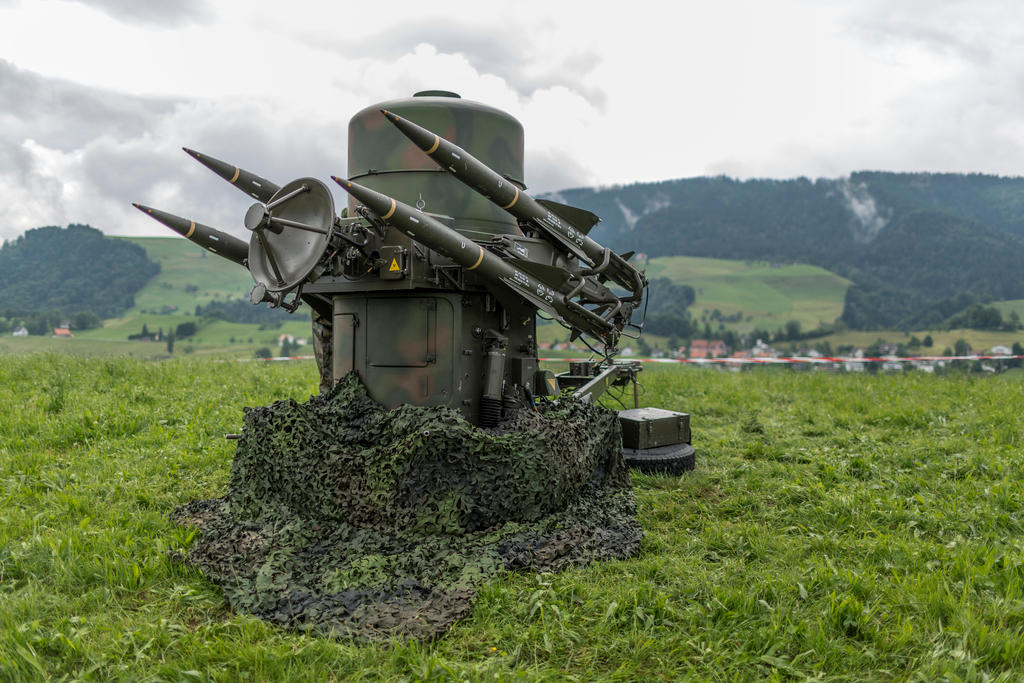

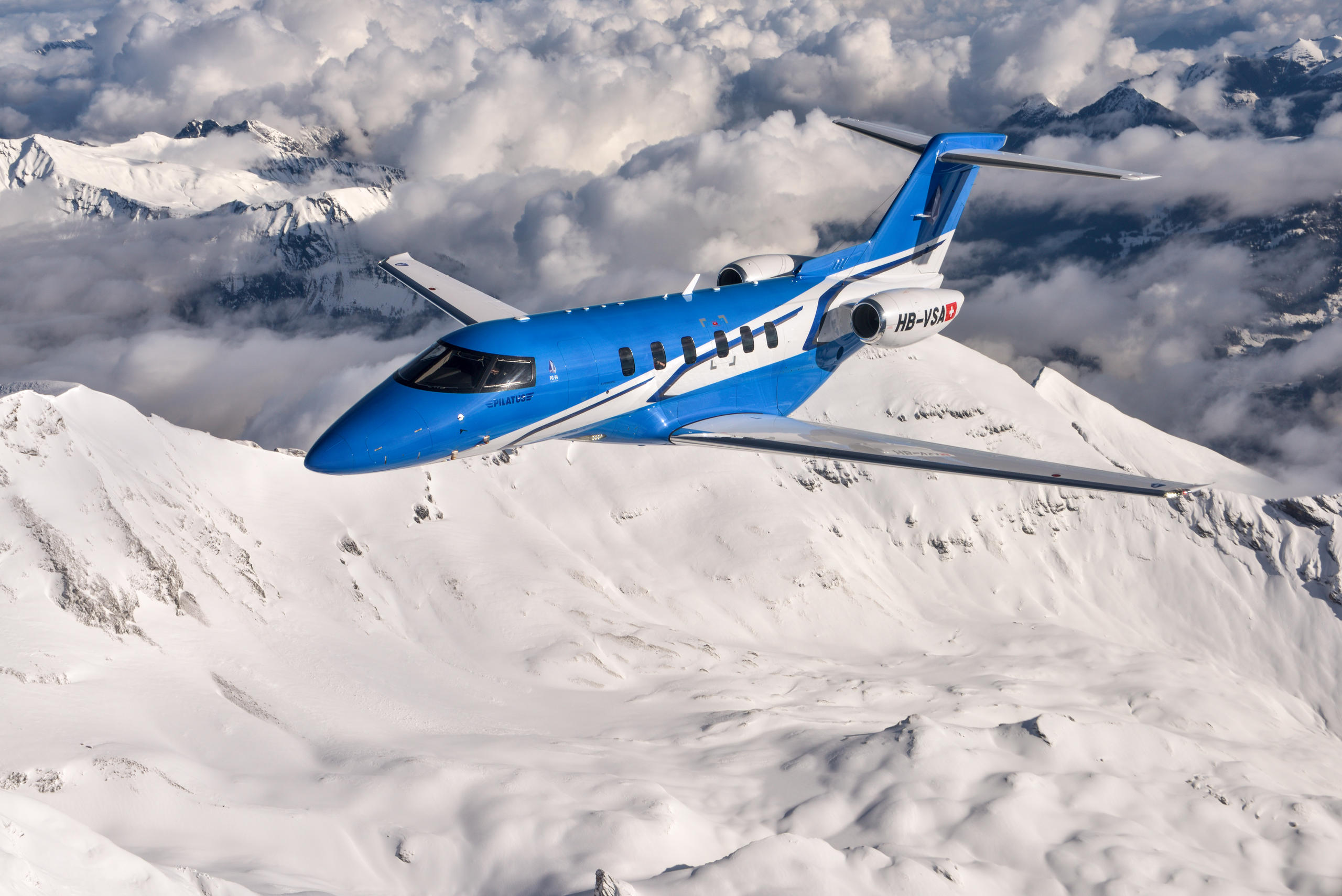
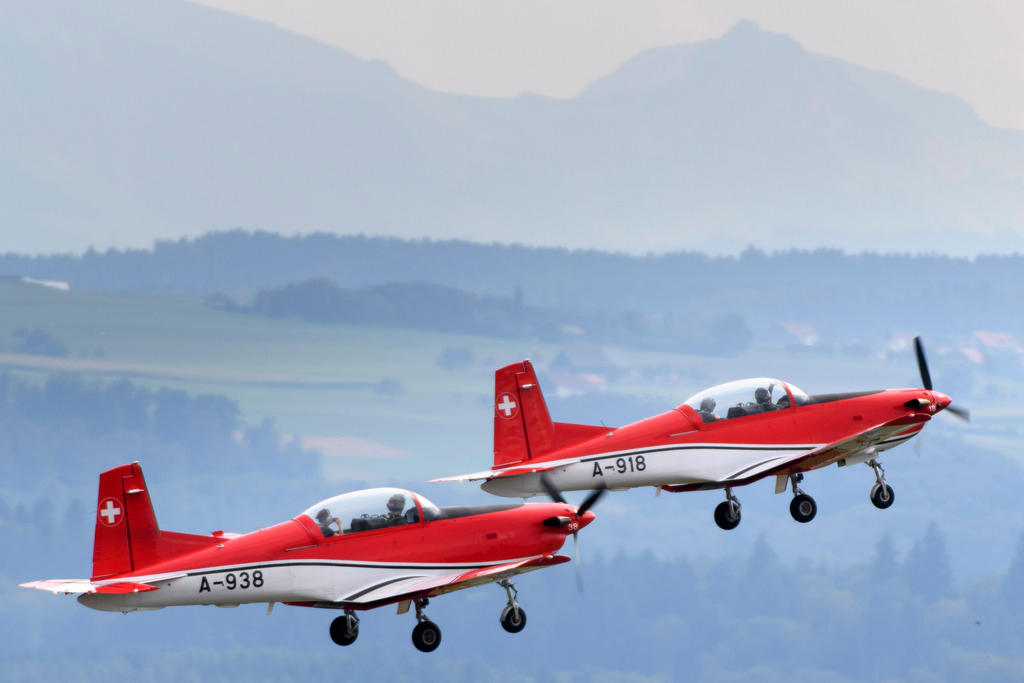

You can find an overview of ongoing debates with our journalists here . Please join us!
If you want to start a conversation about a topic raised in this article or want to report factual errors, email us at english@swissinfo.ch.